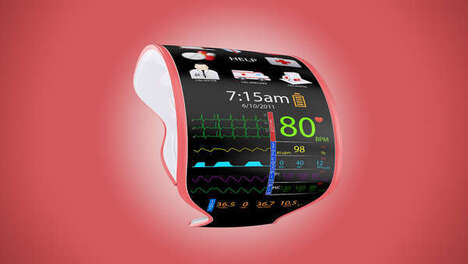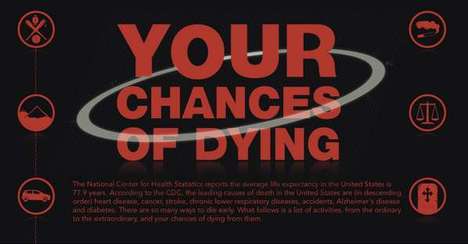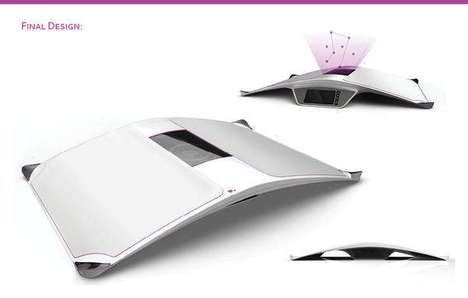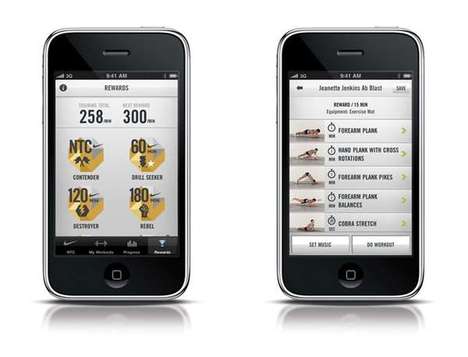Ways that Medical Advancements Have Consumers Opting for At-Home Healthcare
 We’re living in one of the most powerful times in human history in terms of medical advancements and what’s interesting to note about these innovations is how they’re moving beyond traditional health-centric spaces to the home of any person who wants them. Health is a universal commonality because it’s something that everyone has concerns about and can relate to. As such, it has been one of the areas that modern technology has been able to take leaps and make us able to combat illness like never before.
We’re living in one of the most powerful times in human history in terms of medical advancements and what’s interesting to note about these innovations is how they’re moving beyond traditional health-centric spaces to the home of any person who wants them. Health is a universal commonality because it’s something that everyone has concerns about and can relate to. As such, it has been one of the areas that modern technology has been able to take leaps and make us able to combat illness like never before.As we rely more on digital means of communication and interaction, the traditional spaces that we socialize become more virtual, which has begun to spread into other areas of our existence. Everyday people might not live near a doctor’s office, have time to visit one or may simply despise the establishments altogether. The consumer goods market is taking notice of all these implications and creating products that don’t require stepping anywhere near a healthcare center. It’s this concept that is of central focus within Trend Hunter’s PRO Trend DIY Diagnosis, which contains a number of different innovations that allow individuals to better take care of themselves right from home. Whether it’s various health-centric apps or simplistic, monitoring accessories, consumers have more choices than ever before to live healthier lives.
Although infographics aren’t much of a medical advancement, we’re seeing a distinct rise in ones that are directed at the health-concerned and identify key points of information in a clear, concise way. Trend Hunter’s PRO Trend Health Graphing is a direct example of this and cites the prime examples that are being produced by consumer sites, health professionals and even marketing establishments. Gone are the days when people would receive face-to-face health information regarding tips and advice from doctors because infographics -- like the ones identified -- are readily available, and far easier to access than actually visiting a practitioner.
For more innovative information regarding health and beyond, check out Trend Hunter’s Lifestyle Trend Report.
References: trendreports


